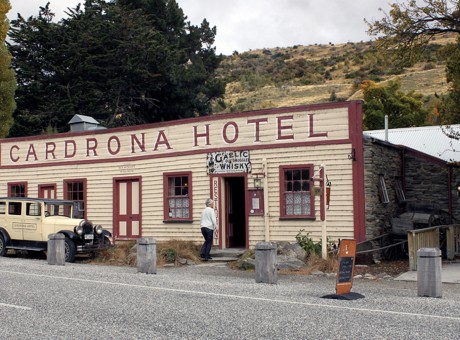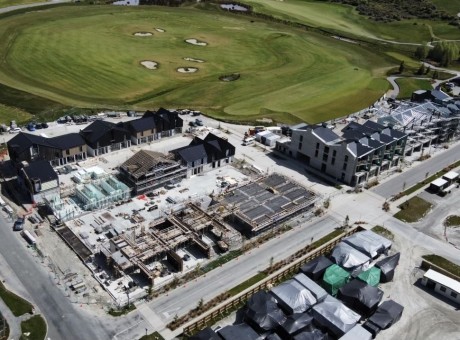Q’town airport: executive pay, redundancies, and future passenger numbers

Editorial/Analysis.
As the dust starts to settle on what might turn out to be only the first phase of Covid, and our borders re-open, Crux asked the Queenstown Airport Corporation (QAC) the hard questions that need to be asked of a community owned facility.
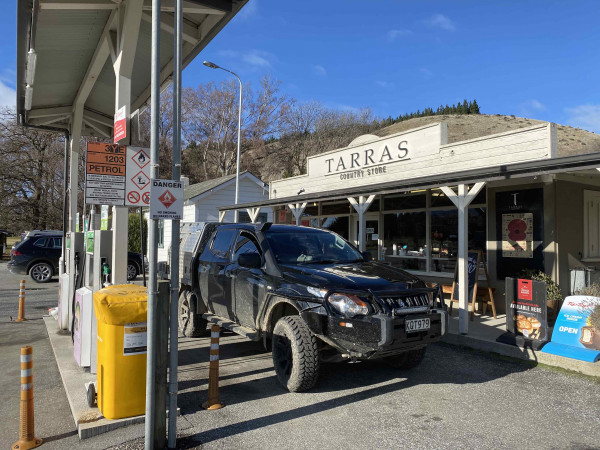
A new international airport at Tarras? What would that mean for Queenstown?
We should note that there is no doubt that Queenstown airport is special – in a good way.
It’s close to town and the ski slopes – plus it’s a world famous and dramatic approach. But what’s the future of this airport, how big or small should it be, are key people being paid too much in difficult times and have things really changed since a High Court judge decided that both our council and airport were not playing straight, or lawfully, with their massive expansion plans.
And of course, plans for an international Tarras airport could reduce Queenstown to be being a regional, provincial airport – but maybe that’s what it should be? Some parts of the community even argue for the airport to disappear altogether from the current prime location, releasing hundreds of millions of dollars of land value for affordable housing, new environmentally friendly tech industries and more community facilities.
Executive Pay and Staff Redundancies.
In fairness, managing any business through Covid has been more than challenging. But the CEO and managers at the Queenstown Airport are paid well, and are highly experienced, so it seems fair that the community should expect agility and robust responses to the turbulence of the past two years. The airport is supposed to pay a dividend to the ratepayers so it’s important that we know that costs, and expansion plans, have been cut in response to dramatically lower passenger numbers.
Crux: Has QAC reduced costs and staff numbers in order to deliver a dividend to the ratepayers?
QAC: We have forecast shareholder dividend payments to resume in the coming financial year (FY23).
Prior to COVID QAC employed more than 80 permanent and contract staff and delivered a shareholder dividend of $8.3 million in FY19. Staffing levels have since been reduced are well below that currently at 52.
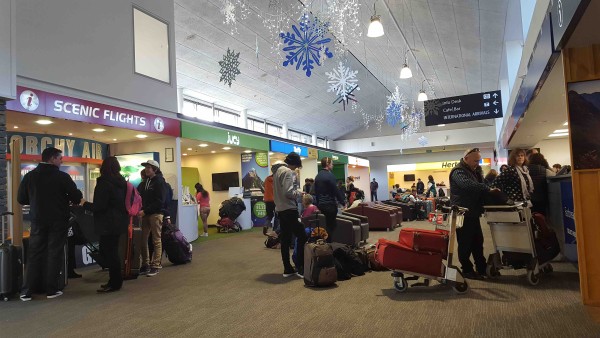
Queenstown airport - how to balance staff costs against changing times?
In early 2020 in response to COVID-19, QAC halted most of its capital expenditure programme and significantly reduced its operating expenditure as a key component of the company’s stabilisation plan. QAC undertook an organisational restructure which was completed in mid-2020. QAC’s permanent and contract staff numbers reduced significantly to 46.
QAC currently employs 52 people, including full-time and part-time roles across all departments: Property & Planning, Finance & Commercial, Corporate & Community Affairs, Operations & Safety, which includes the Airport Emergency Services (AES) team and terminal operations staff and the Wanaka Airport operations team members (under the MSA with QLDC).
After a period of significant cost-cutting and reduced resourcing we are now preparing for recovery over the coming years as well as the important work involved in master planning at ZQN. It would therefore not be prudent or appropriate to reduce staff numbers further as the airport becomes busier. We will as required slowly build staffing numbers particularly in the AES and operations teams, as the operational roster requirements expand to match increases in activity at the airport.
Crux: Have the salaries of senior management been trimmed to reflect the much leaner operating environment that the airport is now operating in? In particular managers earning more than $100,000 a year.
QAC provides information regarding staff earning more than $100,000 in bands in its annual report each year.
There were 13 employees who earned more than $100,000 in FY21 and 20 who earned more than $100,000 in FY20, representing a decrease of 35%.
Overall, the number of permanent and contracted staff employed by QAC reduced from more than 80 to 46 from FY20 to FY21.
Information beyond that provided to you here that would identify individuals is not publicly available in order to protect the privacy of a natural person or persons, under s9(2)(a) of the Official Information Act.
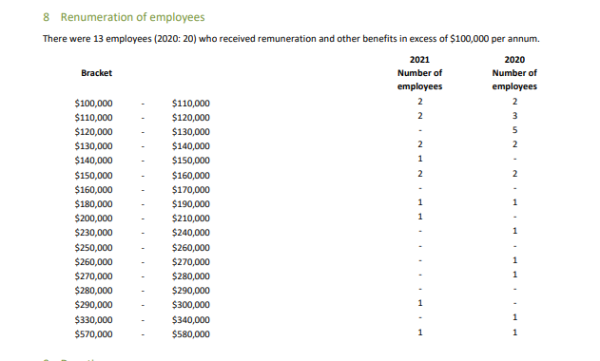
From QAC: a comparison of airport senior staff pay 2020/2021
Crux: CEO Glen Sowry, and his predecessor Colin Keel, have been on pay packages higher than the Prime Minister – around $550,000 a year. Has CEO pay been reduced to reflect the different commercial environment and the need to pay a dividend to ratepayers?
Glen Sowry’s salary has not been reduced. Please note that his base salary is $490,000 per annum and not $550,000. According to public records the Prime Minister’s salary is $472,000.
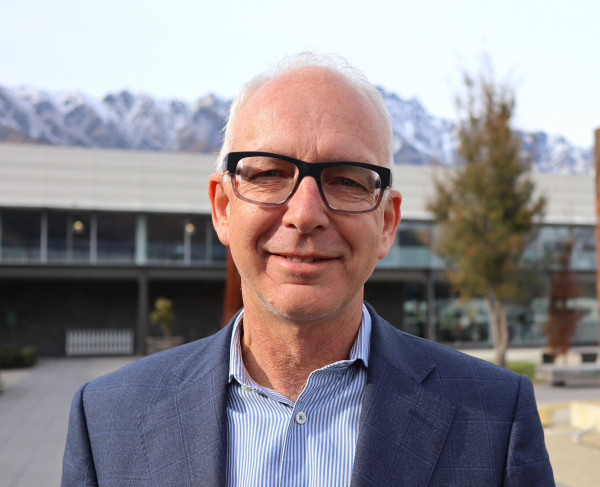
Airport CEO Glen Sowry: Should he get paid more than the PM?
Information regarding the remuneration of CEOs of all four international airports in New Zealand is publicly available. The Queenstown Airport CEO salary sits well below the reported salaries of the other international airports. There is also information publicly available regarding public sector CEO salaries from 2019, listing 53 paid more than the Prime Minister including 50 paid $500,000 or more.
For more information on how the CEO salary was set, please refer to the information included in our response to your information request regarding CEO remuneration provided to you on 29 September 2021, including:
The Board updated the position description for the role and commissioned and received from Strategic Pay an independent report on the complexity and size of the position, and approaches that could be taken to a competitive remuneration package. The Board considered and reflected this advice in reaching a decision on the remuneration package that QAC should offer to attract and retain the right chief executive in these challenging times.
The Board was and is very focussed on a reset of its business strategy in dramatically changed circumstances, and ensuring a higher level of stakeholder support for the strategic direction of the company. Queenstown Airport is a critical aviation and land asset for the district and needs to be extremely well led for the communities and organisations it serves. This meant the Board had to have a view to both existing operational needs and risks and also future opportunities and risks in setting the remuneration package, to attract the right candidates to the position.
Crux: QAC has been very active on the PR/Comms front, with sponsorship of a range of local organisations and the production of various promotional videos. Given the well-established community sentiment that is opposed to airport expansion, and the need for a community dividend, have PR and sponsorship initiatives been cut back? Christchurch International Airport only employs a single PR/Comms person, but QAC seems to devote more resource to PR/Comms.
The Corporate & Community Affairs team’s responsibilities include internal and external communications, stakeholder engagement, our sustainability program, digital marketing and brand, partnerships and sponsorships, government relations, and regulatory affairs.
There is one full time role (Senior Communications Adviser) with responsibility for public relations and communications. This role was vacant between November 2019 and August 2021. The senior communications adviser reports to me as General Manager, Corporate and Community Affairs. We are not using the services of external public relations consulting firms as many other businesses do, including CIAL.
Sponsorship budget
QAC’s sponsorship budget is approximately $100,000 per year and we support more than ten organisations.
Crux: There is an ongoing debate over tourist numbers and over tourism post Covid. Does QAC forecast a return to pre Covid passenger number – or even higher? Three million passenger movements a year was a number that we were aware of before Covid.
Firstly, a point of clarification: you have suggested that there were 3 million visitor trips per year at ZQN prior to COVID. It was actually about 1/3 of that number. Prior to COVID-19 the highest rolling annual passenger number at Queenstown Airport was 2.4 million. This includes both arriving and departing passengers so a total of 1.2 million arriving passengers. While many of these passengers are visitors, the resident population in the Queenstown Lakes District are frequent flyers and make up a portion of the total.
Queenstown Airport is planning to operate within its existing Air Noise Boundaries which will over time enable incremental growth as new aircraft technology is introduced at Queenstown Airport.
The draft SOI FY23 includes the following forecast passenger movements showing the 4-5 year impact of COVID-19 on passenger numbers which directly impacts company revenue (both aeronautical and commercial):
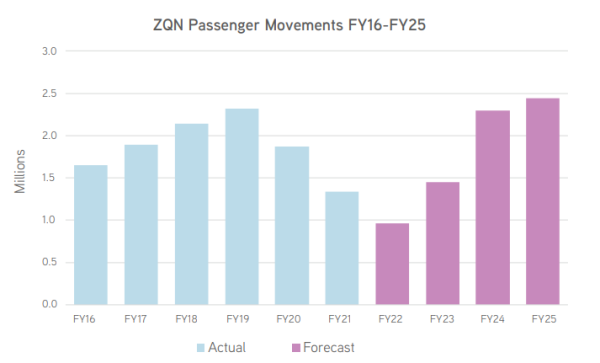
QAC's passenger forecast shows a return to numbers higher than pre-Covid
Crux: Local Stuff journalist Debbie Jamieson wrote a damning article in August 2020 suggesting a lack of professionalism and poor treatment of lower paid staff on the part of airport management. Was that article factually accurate?
QAC: This article was written at a time of significant change and difficulty as a result of the rapid emergence and impact of COVID-19. The individuals quoted were expressing their personal opinions as they had a right to do.
Editor’s Note. These questions were submitted by email to the Queenstown Airport Corporation earlier this week to CEO Glen Sowry and General Manager Corporate and Community Affairs, Sara Irvine. The published answers are as received from QAC.





